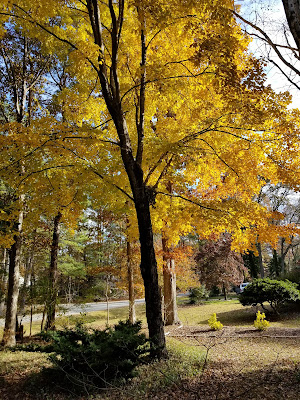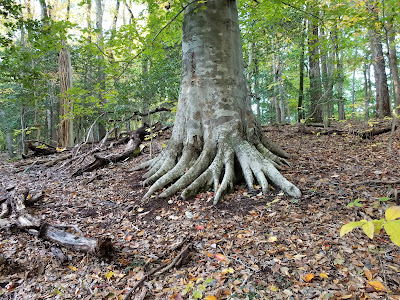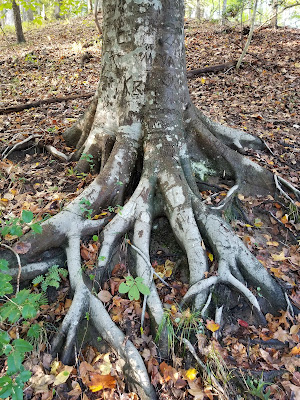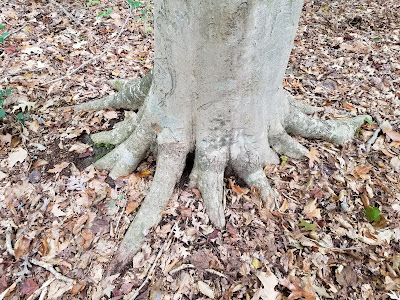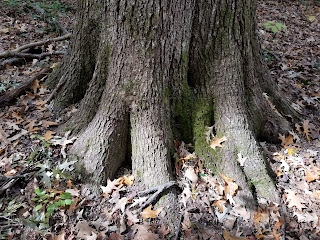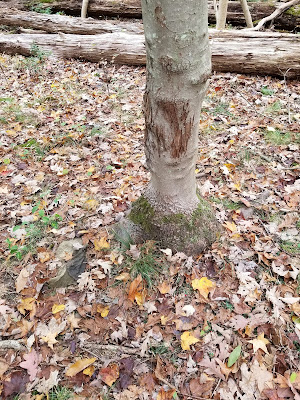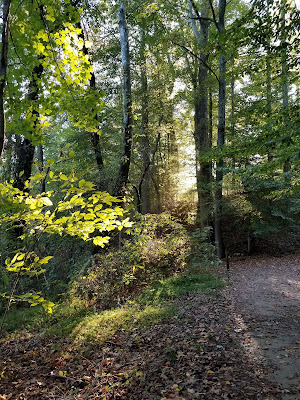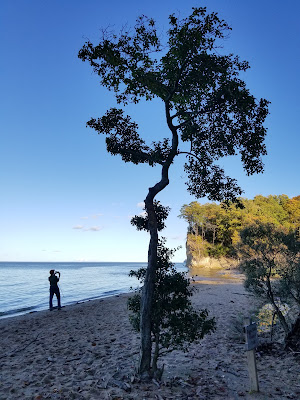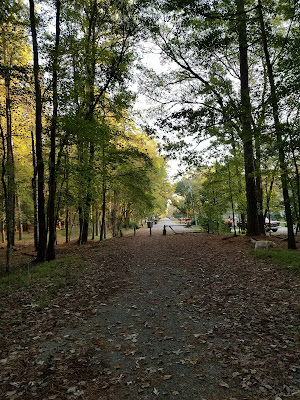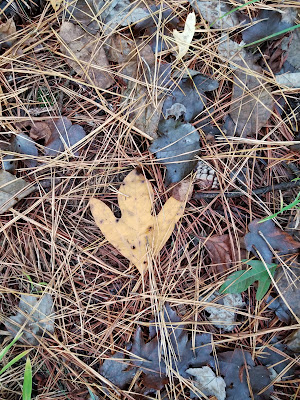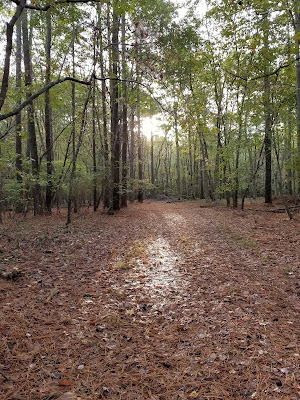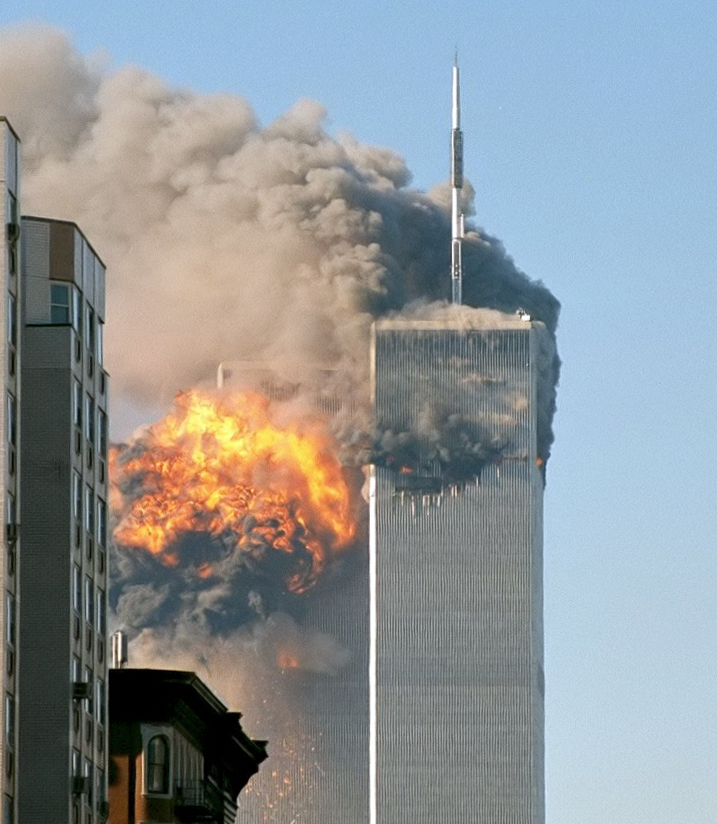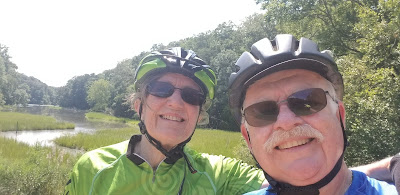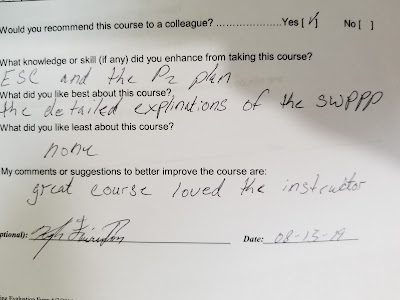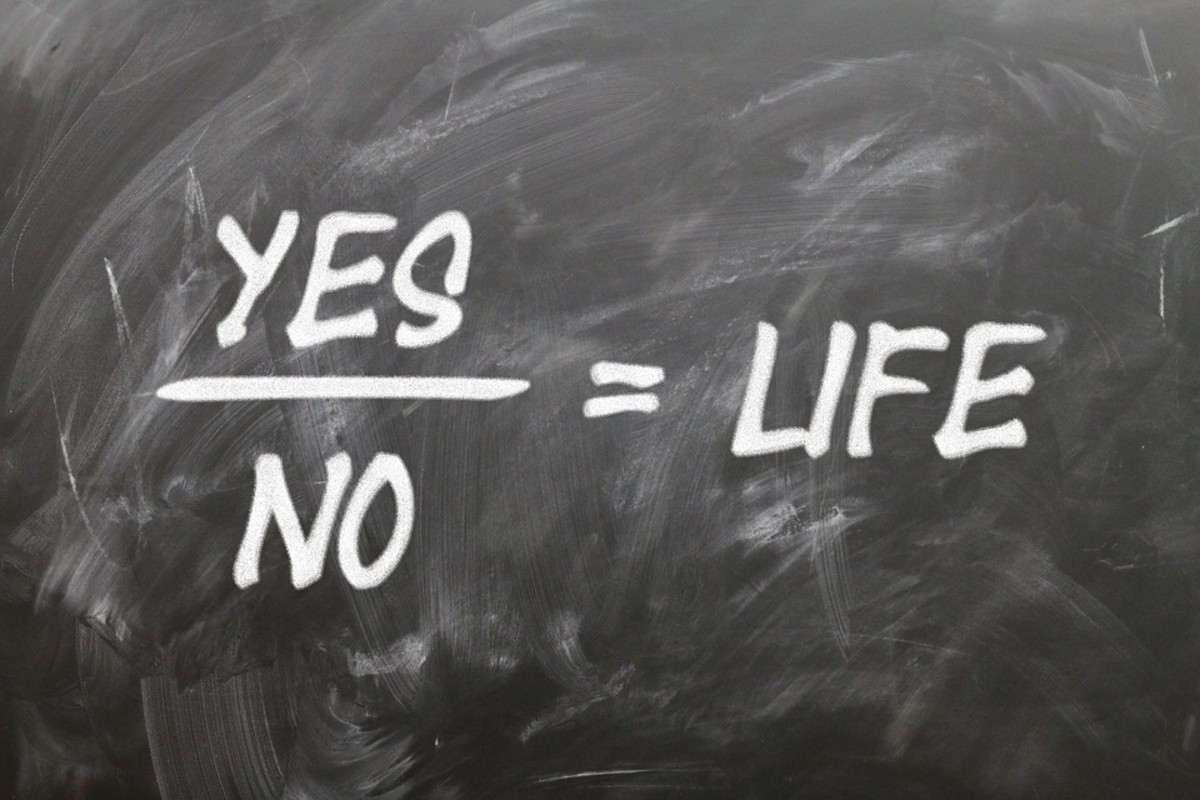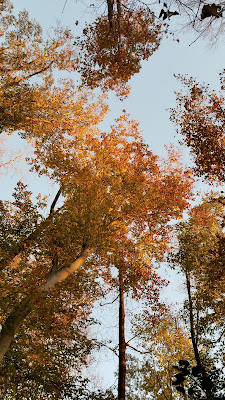Maybe we need to step away from the terms global warming and climate change since they do not seem to impact us directly. There are still too many people who do not seem to give a crap about the environmental collapse that is predicted in our future; the sixth extinction. Maybe our approach has been the incorrect approach all along calling it global or world or even climate. Are they to esoteric; maybe we need to incorporate the word earth in the term and weather or extremes?
While difficult to digest at times, Mr. Chakrabarty’s essay had another (to me) noteworthy passage in it where he discussed Ludwig Wittgenstein. It seems that Wittgenstein mentioned in his book “On Certainty” that we question about buildings how old they are, but we never ask that about the mountains behind those buildings on the earth they have been constructed on. In other words, here again we have lost that relationship with (or focus on) the earth. But in essence, what is more valuable, the buildings themselves or the mountains or the earth those buildings are constructed on? It reminds me of the Buddhist statues in Bamiyan Afghanistan that were destroyed by the Taliban. While they were old and valuable, many of the Buddhist scholars reacted to destruction with “nothing is permanent.” At least nothing man-made. Boy, you should have seen that lady’s reaction when her son hit our mailbox a few months ago and destroyed it completely and instead of getting mad, I burst out laughing. When she wondered why I wasn’t mad I told her just that: “well, nothing is permanent” and this is a good teaching moment to her son and actually her whole family.
What I am writing here is in no way original thinking; however, Mr. Chakrabarty’s essay was published in the Divinity magazine published by Harvard University. He did not really go into this idea of relabeling what we call global warming or climate change; however, he wants to approach it from a spiritual angle. That is fine with me as well. However, having lived through a political climate where politicians are masters of relabeling their opponent or calling them names, I feel this may be our only choice in saving our earth.
What I am writing here is in no way original thinking; however, Mr. Chakrabarty’s essay was published in the Divinity magazine published by Harvard University. He did not really go into this idea of relabeling what we call global warming or climate change; however, he wants to approach it from a spiritual angle. That is fine with me as well. However, having lived through a political climate where politicians are masters of relabeling their opponent or calling them names, I feel this may be our only choice in saving our earth.
I am not yet sure what I am proposing. All I know is that what we construct, build, or make is not permanent. Even the pyramids in Egypt are slowly deteriorating. However, the earth will keep rotating around the sun, just like our neighbors Mars and Venus with or without us. Wouldn’t it be nice if it did it with our children or our children’s children actually living on it? Unlike that Mars and Venus which still appear lifeless, although scientists still think they may have harbored life in the past?
By the way, talking with my brother-in-law, who actually is a Heidegger expert (he wrote a couple of books about Heidegger) over our Thanksgiving meal. It seems that Heidegger predicted some form of environmental catastrophe or collapse. Regretfully, my brother-in-law did not go into any detail, except to say that Heidegger did not envisage a rosy outcome. Finally, Heidegger wrote a book on language; well, maybe it is time to look at our use of language as I mention in this post and re-brand our environmental language!


